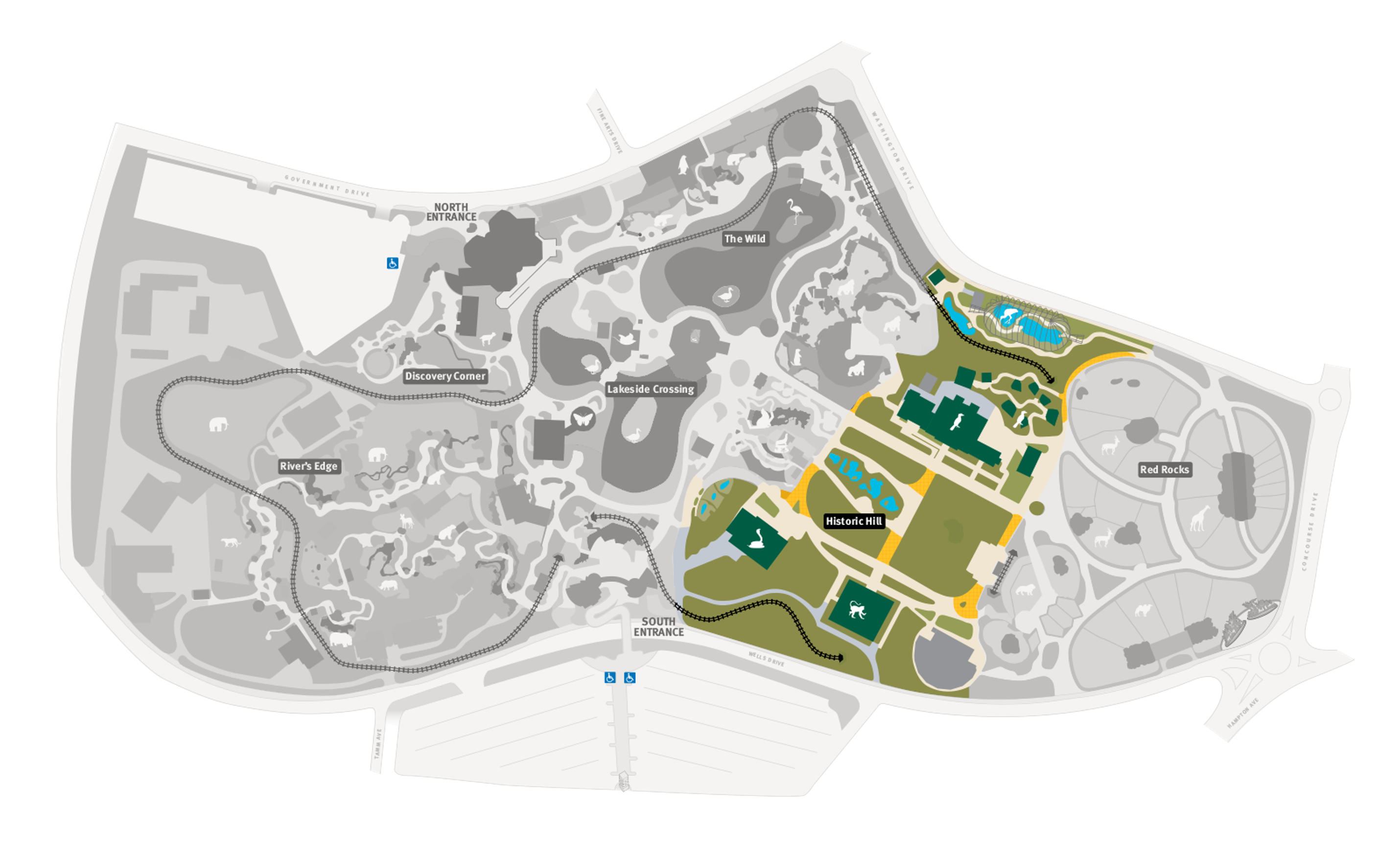
Aldabra Tortoise
Aldabrachelys gigantea
Did you know?
- Aldabra tortoises are part of the family Testudinidae.
- They usually live for 65 to 90 years, but they've been known to live even longer; the record is 152 years!
- They are active during the day, but they try to avoid the midday heat by finding shady shelter or cooling off in pools or mud holes.
- February to May is breeding season. The female digs a nest a few months later. Four to 14 eggs are laid and then hatch three to six months later.
- While plants are their favorite type of food, Aldabra tortoises also eat the dead, decaying flesh of crabs and other tortoises.
Size
The Aldabra tortoise is second only to the Galapagos tortoise as the biggest land tortoise in the world. Aldabra tortoises can weigh more than 400 pounds, with a shell more than 4 feet long.
Body Armor
Males are larger than females, but all Aldabra tortoises share the same basic appearance. They each have a high, domed shell that is dark brown or gray in color. Their legs are very stout, and the front ones are partly covered with big scales. Both front and back feet have powerful claws. The tail is short and has a claw-like spur on the tip.
Threat Level
- Unknown
- Common
- Near Threatened
- Threatened
- Endangered
- Critically Endangered
- Extinct in the Wild
Threatened
The Aldabra Tortoise faces a high risk of extinction in the wild.
Range
Aldabra Atoll, part of the Seychelles Islands off the east coast of Africa
Habitat
Grasslands, scrublands, swamps

We care about Aldabra tortoises
The Aldabra tortoise is the last known survivor of a group of giant tortoises once found on Madagascar and the Seychelles Islands. The Zoo supports Aldabra tortoises at the Charles H. Hoessle Herpetarium. Learn more about how we are helping wildlife around the world.
Find this animal in Historic Hill

SAINT LOUIS ZOO ZONE
Historic Hill
Historic Hill is a lovely stroll through one of the oldest parts of the Saint Louis Zoo. From the 1904 World’s Fair Flight Cage to the Spanish architectural flavor of the 1920s in the Bird House, Primate House and Herpetarium to the finishing touches of our thoroughly modern exhibits, this area of the Zoo has a unique ambiance and a nostalgic history that make it a great destination.

